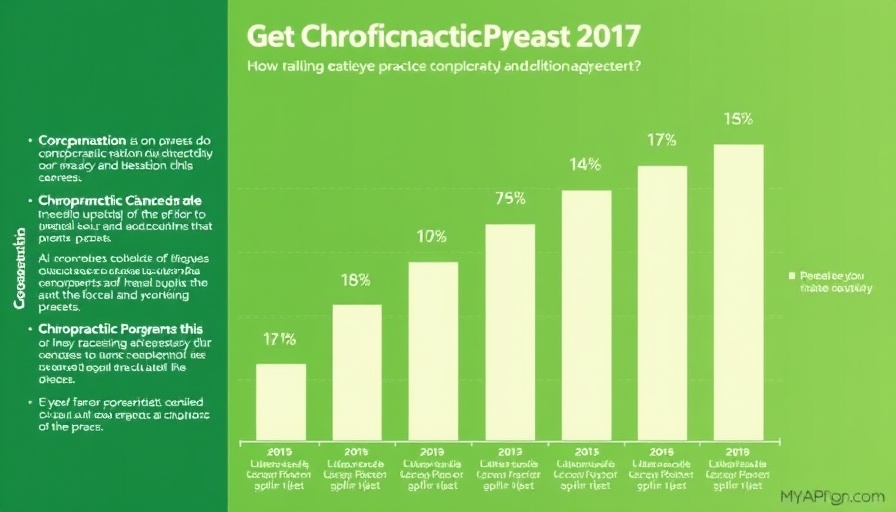
Streamlining Chiropractic Documentation: A Necessary Shift
For chiropractors, documentation is often the most dreaded part of patient care. It's a time-consuming necessity, with estimates suggesting healthcare professionals could spend over 25% of their day on paperwork alone. This widespread issue is particularly pronounced in chiropractic practices, where SOAP notes emerge as the most significant challenge. According to a survey from ChiroUp, creating these notes ranks higher in concern than even staffing or financial reimbursements.
Why SOAP Notes? The Importance of Efficient Documentation
SOAP notes, or Subjective, Objective, Assessment, and Plan, are a critical tool in any chiropractor's arsenal. They not only facilitate effective communication between providers but also ensure compliance with best practices and regulations. Recognizing their importance, embracing more efficient documentation strategies can save valuable time, ultimately allowing chiropractors to return to what they do best: caring for their patients.
Four Essential Tools to Reduce Documentation Time
In response to the growing frustration from chiropractors juggling time constraints and documentation responsibilities, we gathered insights from thousands of practitioners and identified four practical tools that can help alleviate the burden:
- Text Expanders: These tools can automatically generate common phrases or sentences, drastically reducing repetitive typing for clinicians. Options like Raycast and Alfred streamline frequently used terms, improving efficiency.
- Macros: Built into programs like Microsoft Word or specific EHRs, macros allow users to create shortcuts for commonly executed commands, facilitating quicker data entry.
- User-Friendly EHR Software: Consider switching to platforms specifically designed for chiropractic needs to maximize workflow and minimize stress.
- Workflow Automation Tools: Automating routine tasks can provide significant time savings, enhancing productivity in patient care.
The Value of Efficiency in Chiropractic Practice
Implementing these tools doesn’t just save time; it can transform a chiropractor’s workload and significantly improve patient experience. Patients benefit from increased face-to-face interaction, while practitioners can focus on care rather than paperwork. Making this shift will not only enhance clinic efficiency but also improve job satisfaction among healthcare professionals.
Take Action Now!
Are you ready to reclaim your time and improve your practice? Consider adopting one or more of the tools mentioned above and watch as your efficiency—and patient care—improves. Streamlining your documentation practices is not just a productivity boost; it's a pivotal step toward focusing on what truly matters in chiropractic care, the patients.
 Add Row
Add Row  Add
Add 




Write A Comment